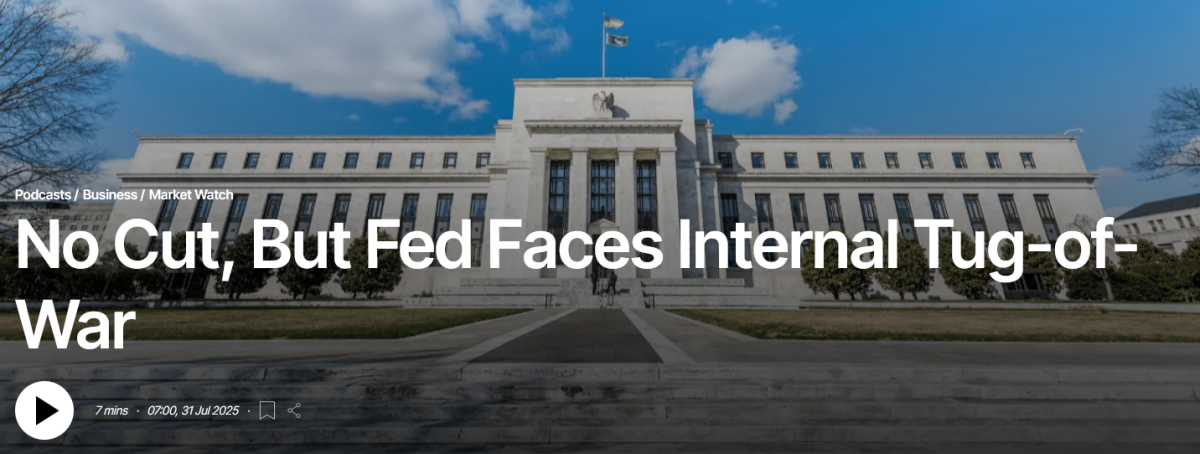No Cut, But Fed Faces Internal Tug-of-War
https://www.bfm.my/content/podcast/no-cut-but-fed-faces-internal-tug-of-war
Tony Nash, CEO of Complete Intelligence, analyses the Fed’s July rate pause, shedding light on emerging divisions within the committee and the underlying forces behind the robust 2QGDP performance that came in at 3%.

